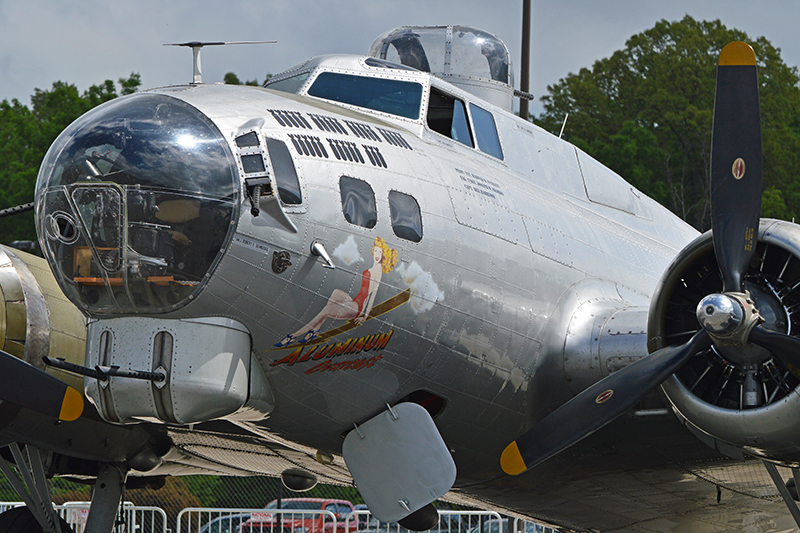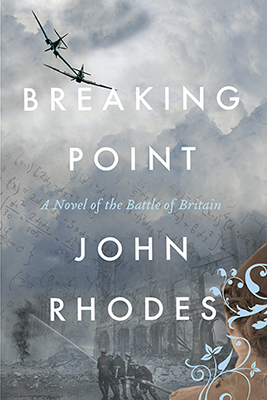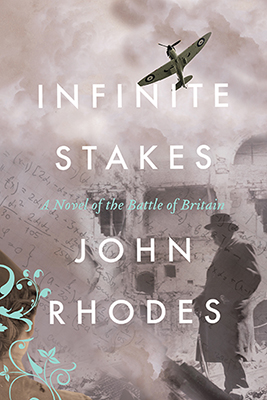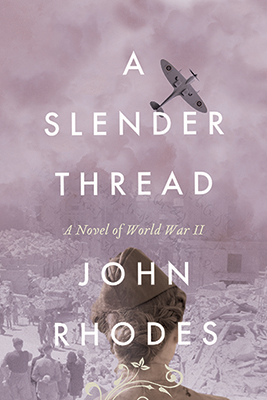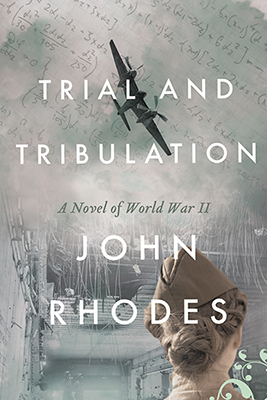My new book, Trial and Tribulation, is set in the Allied aerial campaign over Europe in 1943.
This campaign, a joint commitment of the RAF and the USAAF, was a massive undertaking involving tens of thousands of men, thousands of aircraft, and one of the greatest industrial commitments in history. In some ways it was highly innovative, driven by dramatic breakthroughs in science and engineering—radar, for example—but it was still fought as wars have always been fought, by young men armed with deadly weapons facing other young men also armed with deadly weapons.
Although a few of these men became public heroes and household names, the vast majority were civilians—teenagers, apprentices, laborers, college students—plucked from their young lives, dressed in uniforms, taught specialized skills, and sent into battle. Most of them had never flown. About half were killed or injured; after the war ended the rest simply returned to the lives from which they had been plucked.
These were the unsung heroes now mostly forgotten, now given at most a sentence or two in a history book, to whom we owe our present freedoms.
One such young man was Second Lieutenant Arthur Cozine, 347th Squadron, 99th Bomb Group, 12th US Army Air Force, a B17 bombardier based in North Africa flying missions over Italy. Born and raised in Gloversville, NY, Lieutenant Cozine flew most of his missions in B17 ‘Yankee Doodle.’
This photograph gives a clear view of Cozine’s bombardier’s position right in the nose, ten feet ahead of, and below, the flight deck. The navigator sat behind the bombardier and, in addition to navigating, had two lateral 50 caliber machineguns, one of which is visible just behind the nose.
A B17 bombardier sat in the extreme front of the aircraft looking out through a large Perspex canopy. He had two jobs: one was to guide the aircraft to the target and release the bombs, and the other was to operate the chin gun turret located directly below him. To guide the aircraft, he looked down through a sophisticated bomb sighting mechanism which could be connected to the autopilot system, so that the bombardier, rather than the pilot, was controlling the aircraft during the bomb run. To control the twin 50 caliber machineguns in the chin turret, he had a gunsight and a gun controller.
In this image of a restored B17, the bombardier sat on a small seat (for up to 11 hours.) Directly ahead of him was his Norden bombsight. He looked down through the eyepiece to locate the target and used other controls to program a built-in analog computer which calculated wind speed, drift, time-to-fall, etc. Once set, the bombardier used the gunsight to direct the aircraft via the autopilot.
The controls for the chin turret can be seen folded away to the right and could be swung down in front of the bombardier in combat. The oblong object above the bombsight is the gunsight. The bombardier is literally sitting between the navigator’s two machineguns. Space is so limited that one of the ammunition belts snakes under the bombardier’s thighs.
The following two images give a clear view of the nose, and an even clearer example of what enemy flak could do.
On May 3rd, 1943, Lieutenant Cozine’s aircraft experienced heavy weather over the Mediterranean and the pilot had to attempt a landing in a muddy field. The landing gear collapsed but the aircraft landed successfully on its belly. No one was injured. The image below shows Cozine walking away from the aircraft. One can only imagine what went through his mind as the B17 plowed a long furrow across the muddy field—you can see his position just above the ground on the right.
He went on to complete 50 missions and returned home, his duty fully done, and was assigned to become a bombardier instructor in Wendover, UT. But Cozine wanted to be a fighter pilot and accepted a reduction in rank in order to go to flying school in Venice, FL, where he successfully qualified as a P51 pilot.
What a contrast between a B17 and a P51! What a thrill that must have been!
My thanks to Katie Meyers for letting me share the story of her grandpa in his B17.
From Trial and Tribulation:
O’Neill seemed to want to debate aircraft design, but Shaux was far too deeply impressed by the extraordinary fortitude of the men flying B17s to question their strategy. The cruising speed of a B17 was exactly half the attacking speed of a 190, and the B17s had to fly in straight lines in tight formations, sitting targets, while the 190s whirled around they like a swarm of wasps …
There was a mediaeval so-called sport called ‘bear baiting,’ he recalled, in which a chained bear was surrounded by half-wild dogs and the sport was to bet on whether the bear or the dogs would survive. In this modern version, B17s would be the bears and 190s their tormenting dogs.
This is the last of my blogs before Trial and Tribulation is published on June 6th (coincidently it will be the 79th anniversary of D Day.) You can find the other blogs here.
I hope you enjoy T & T.






